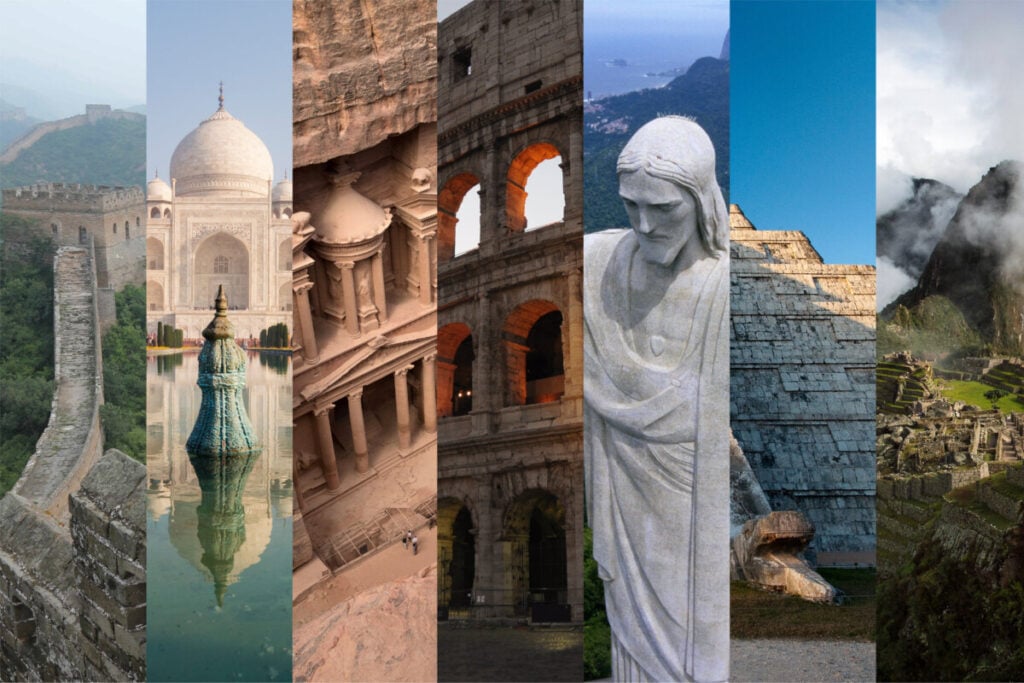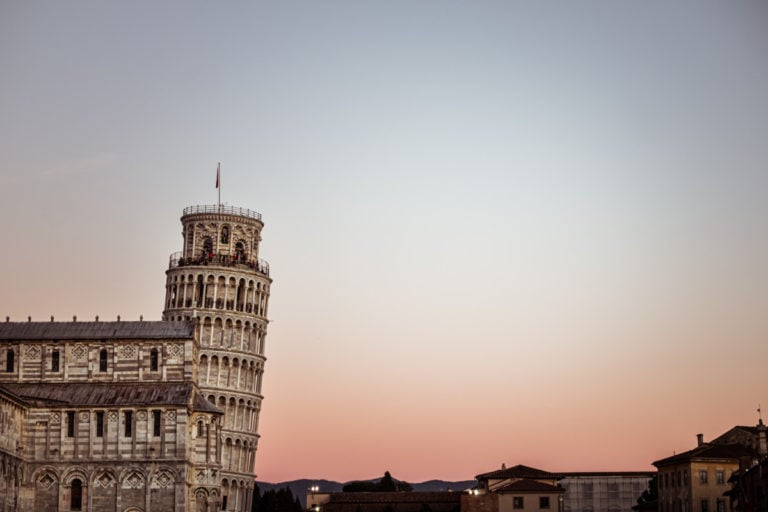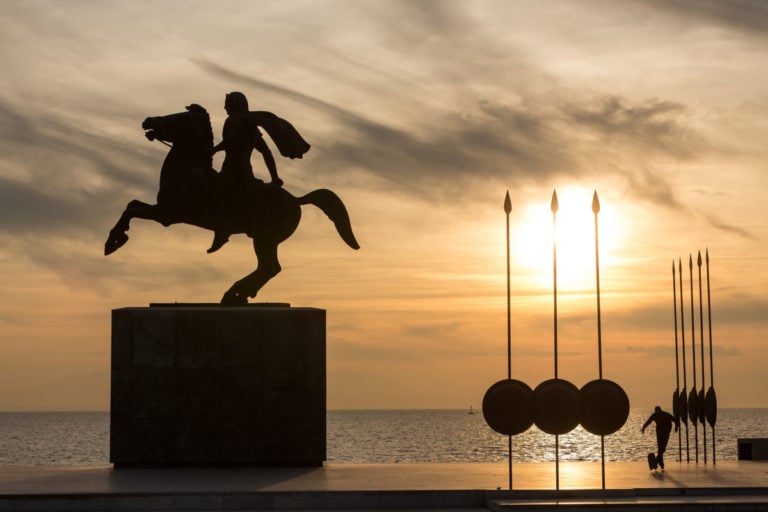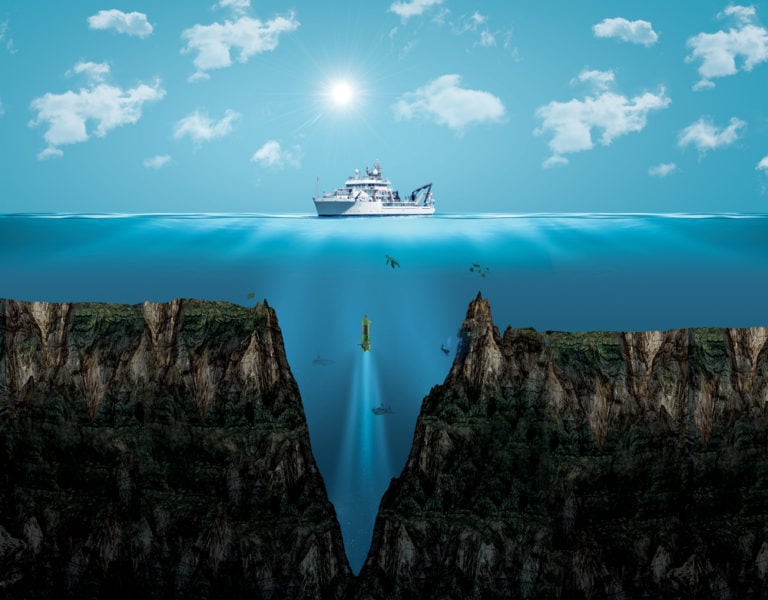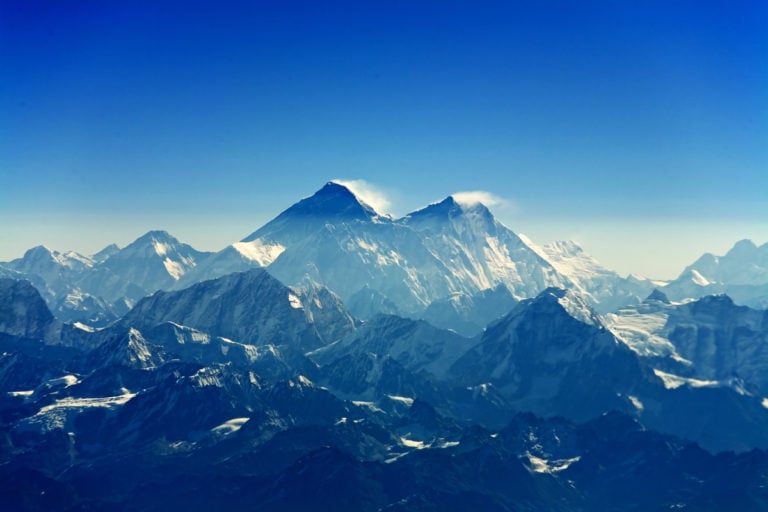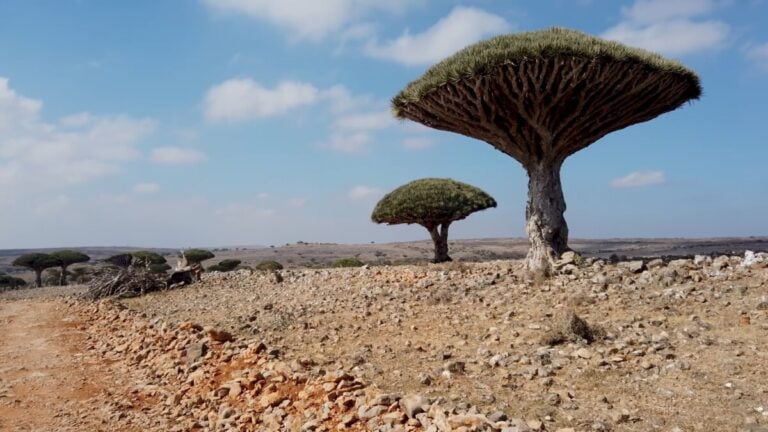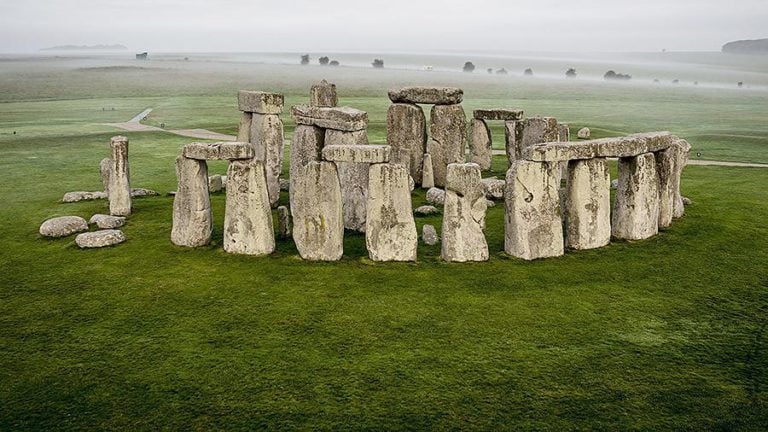Each historical epoch, starting from ancient times, is remarkable not only for its bright events, but also for unique man-made and natural objects.
At the same time, the number seven in this case symbolizes the sacred number of Apollo, before which rulers, poets and travelers bowed in ancient times.
There are several options for listings, with ancient and modern wonders of the world listed. The objects included in their composition are the greatest discovery of different periods of human existence. There are a lot of rumors around them. Consider facts that are based on real historical reports and expert research.
Wonders of the Ancient World
The very first list of wonders of the world was compiled by the Greek historian and geographer Herodotus in the 5th century BC.
The very first list of wonders of the world
Evpalino Tunnel – in ancient times it was the main source of drinking water for the island. It was built in the form of an underground multi-level kilometer tunnel in the 6th century. BC. by order of the ruler Polycrates. The project of this structure was developed by the engineer Evpalin. Its main feature is the accuracy of geometric calculations when laying the aqueduct shaft.
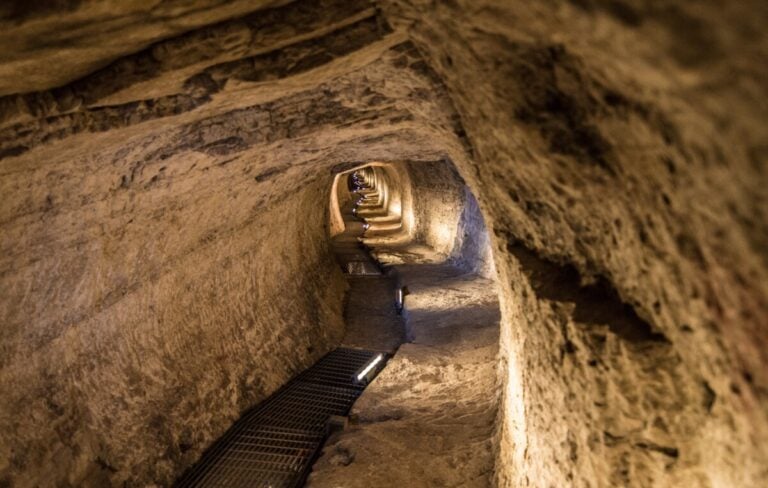
The dam in the port – was intended to protect the coastal strip of the island from strong sea winds. Its length from west to east was approximately 400 meters. This site has been hit by earthquakes many times.
Temple of the Goddess Hera – included in the list of UNESCO attractions. It was erected in the Mycenaean period (before the 11th century BC) and was originally a small building with a statue of Hera and an altar. Over the years, the palace has been constantly rebuilt, gradually taking on a majestic appearance. Its main feature is the asymmetrical arrangement of white marble columns on the façade.
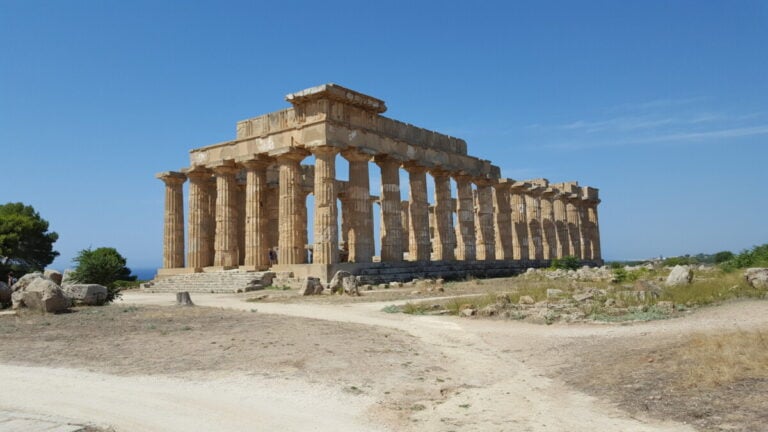
At the beginning of the III century BC. A new expanded list of the seven major wonders of the world has been created. The author of this version was the Greek poet Antipater of Sidon, who mentioned the listed sights in his poem.
The Seven Wonders of the Ancient World
Pyramid of Cheops (Egypt)
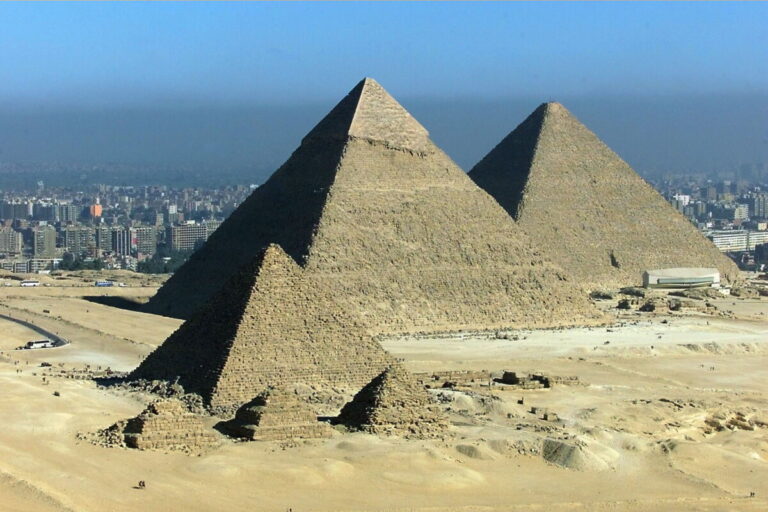
The interior of this building is divided into three burial chambers. The entrance to it is located at a height of 15 meters from the ground. The pyramid was intended to be used as a tomb for Pharaoh Cheops and his wife.
Interesting Facts:
- The construction of this facility has been carried out for 20 years.
- The edges of the structure are set exactly to the cardinal points, which allows you to use it as a huge compass.
- The pyramid is perfectly visible from space due to the granite reflective lining of the gaps between the tiles.
- The year-round temperature indicator inside this object is no more than +20 degrees.
- The Pyramid of Cheops was not built by slaves. It was erected by free builders and architects who gathered from all over Ancient Egypt. Their number was approximately 100 thousand people.
- The slabs of the pyramid are held together with a secret mixture, the components of which are still unknown. The joints are so dense that even a thin razor blade cannot be inserted between them.
- There is no tomb with the body of the pharaoh inside the structure. His burial is in the Valley of the Kings.
This is the only object from the list of the “Seven Wonders of the World of Antiquity”, which has been perfectly preserved to this day, which logically confirms that the ancient Egyptians had mathematical knowledge.
Hanging Gardens of Babylon (Ancient Babylon)
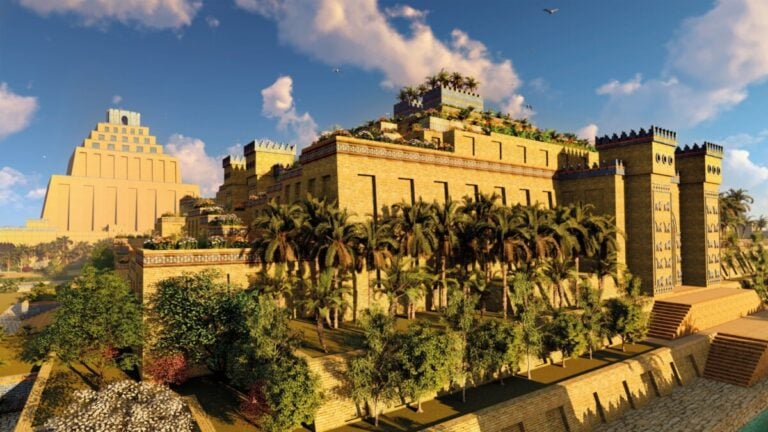
Interesting Facts:
- The existence of this attraction has not yet been confirmed by archaeologists and historians.
- It is believed that the Hanging Gardens of Babylon were a multi-level object with lounges and terraces entwined with ornamental plants.
- To create favorable conditions for the growth of flowers, trees and shrubs, a water lift was specially provided, which functioned due to the rotation of a huge wheel with fixed containers by slaves.
According to the legend, this building was destroyed in 126 BC. by the Persians or because of the flood. It is mentioned only by five ancient historians. However, modern experts argue that these authors were describing a fictional object.
Statue of Zeus (Olympia)
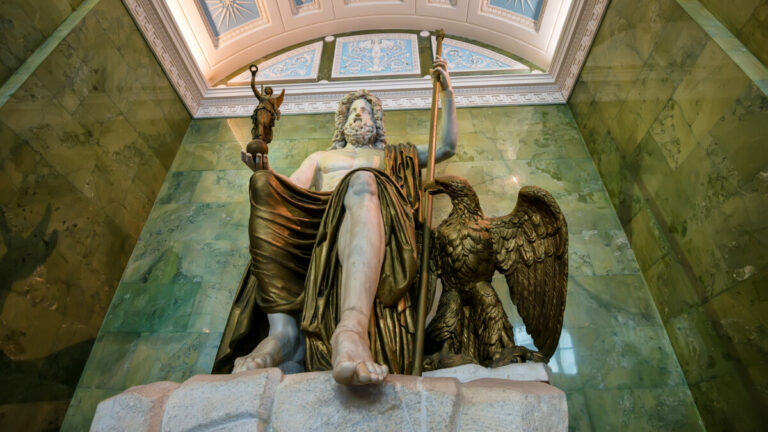
Interesting Facts:
- To create a statue, a room was built specially near the temple, which was almost the same size as it.
- The sculpture took about 10 years to make.
- The monument depicted Zeus seated on a wooden throne adorned with precious stones, gold and ivory.
- It was over 12 meters high.
- In one hand, Zeus had a scepter with an eagle (as a symbol of power), and in the other – Nike (as a symbol of Victory). There was a wreath on the head of the statue.
- Historians suggest that the sculpture of Zeus burned down in the 5th century in a fire at the Hippodrome of Constantinople.
One can get an idea of the visual appearance of this statue only from the descriptions of ancient Greek authors and the remaining coin images.
Temple of Artemis of Ephesus
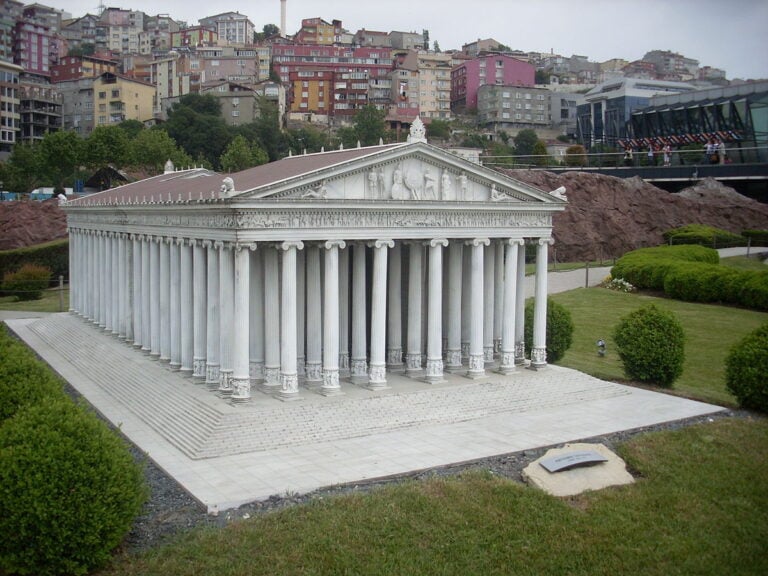
Interesting Facts:
- The project was designed by the architect Hersifron, who started the construction of this object, but died suddenly.
- The construction of the temple was completed by Demetrius and Paeonius.
- The sanctuary was built several times.
- The first palace took 120 years to build. It was the largest in the ancient world (55 m wide and 110 m long).
- Its roof was supported by 127 columns 18 meters high.
- In the center of the sanctuary was a 15-meter sculpture of the goddess Artemis.
- The structure was built of white marble, the deposits of which were discovered quite by accident.
- 300 years after its construction (in 370 BC), the palace was burned down by Herostratus.
- The second temple also did not last long, as it was sacked by the Goths in 262. After that, it was closed and disassembled.
Today, only one column 14 meters high remains from this sanctuary.
Mausoleum (Halicarnassus)
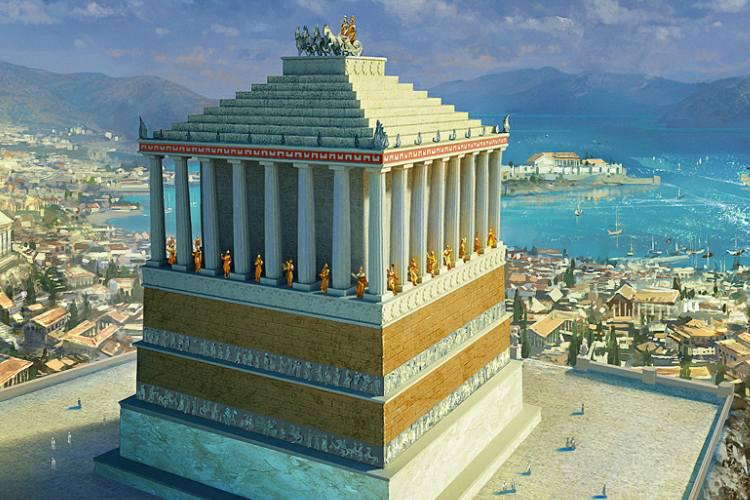
Interesting Facts:
- Mausolus died without waiting for the completion of the construction of the tomb. The wife of the ruler had to complete its construction. It took 9 years.
- Inside the mausoleum there were 36 columns 11 meters high, between which were placed huge statues of mythical heroes.
- The roof of the structure was made in the form of a stepped pyramid. The height of the object is 46 meters.
- A marble chariot with horses became the crown of the mausoleum. As drivers – sculptures of Artemisia and Mausolus. Figures of warriors and lions were placed near the chariot.
- After the death of Artemisia, the entrance to the tomb was walled up.
The tomb stood securely for almost 2,000 years. It was partially damaged by the earthquake. In modern times, only ruins remain of it. Some of the relics are in the Istanbul and British Museums.
Colossus of Rhodes
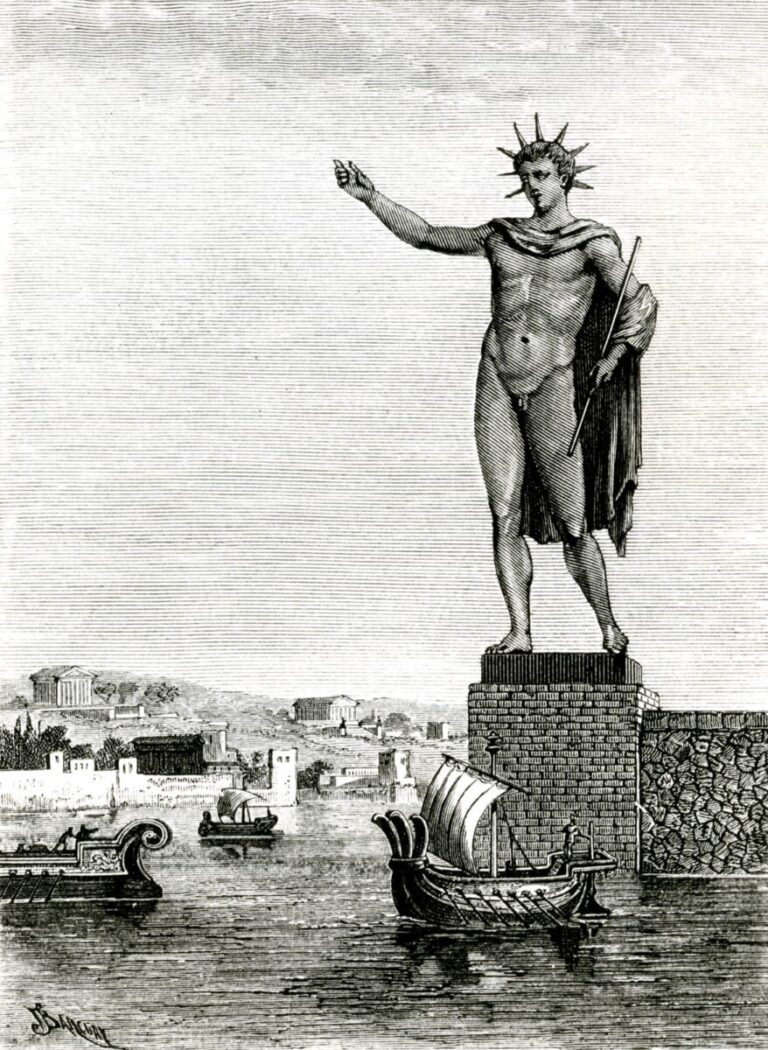
Interesting Facts:
- The inhabitants of Rhodes collected money for the construction of the monument for 12 years and even decided to sell the weapons thrown by the enemy. Thus, they wanted to express their gratitude to the God of the Sun for intercession.
- The construction of the monument was carried out by the sculptor Hares, who spent all his personal finances in order to be able to complete this work.
- The sculpture was made of bronze, iron and clay. Its height reached 36 meters.
- The monument was installed on a marble pedestal.
- There was a crown on the head of the statue, from which rays radiated from the sides.
- The sculpture successfully stood for almost 60 years and was destroyed during the earthquake.
- The inhabitants of Rhodes, after repeated attempts, were unable to restore the statue. She lay in the ground for 800 years.
- Only in the first century, with the arrival of the Arabs on the island, the monument was sold and melted down.
In 2008, the German sculptor Gert Hof decided to resurrect the statue of the sun god. He developed a project that was suddenly suspended at the request of the authorities of Rhodes for an indefinite period.
Lighthouse of Alexandria
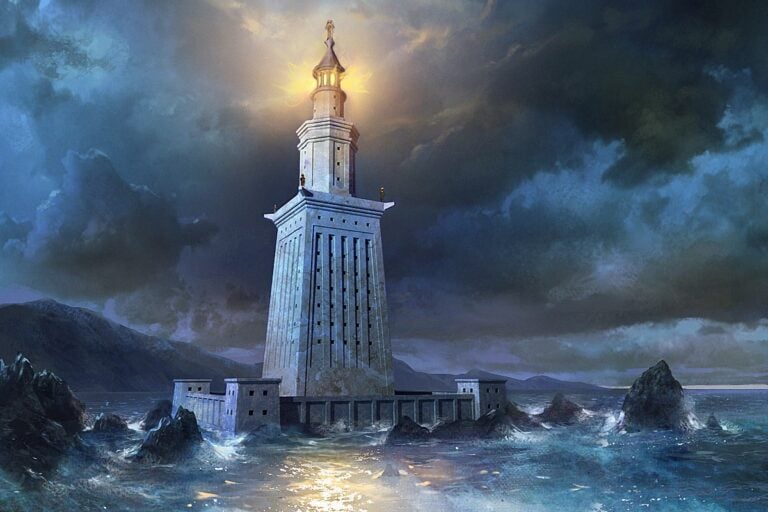
Interesting Facts:
- The construction took 16 years to build. It had a height of about 135 meters.
- Inside it was a spiral staircase. All levels of the lighthouse had different shapes.
- For the construction of this object, block limestone materials sealed with lead were used. This contributed to its stability at sea in stormy conditions.
- At night, a fire burned on top of the lighthouse, and during the day, the light was reflected in a large curvilinear mirror. Therefore, the lighthouse was visible at a distance of up to 100 km at any time of the day.
- In the center of it were statues of Poseidon and Zeus, and at the top in the corners – 4 figures of the god Triton.
- This structure was able to withstand 33 earthquakes and only in 1375 it collapsed.
- In 1480, Kite Bay Fort was erected from the remains of the lighthouse stone.
The lighthouse is the symbol of Alexandria. His image is used on the seal of the city, as well as the flag of Alexandria University.
Wonders of the world of the modern world
A study was commissioned by the New Open World Corporation in 2001 to identify natural and man-made lists of the seven modern wonders of the world (separately). At the same time, the list of architectural wonders of the world was compiled in 2007, and natural – in 2011.
Seven Modern Architectural Wonders of the World
Colosseum
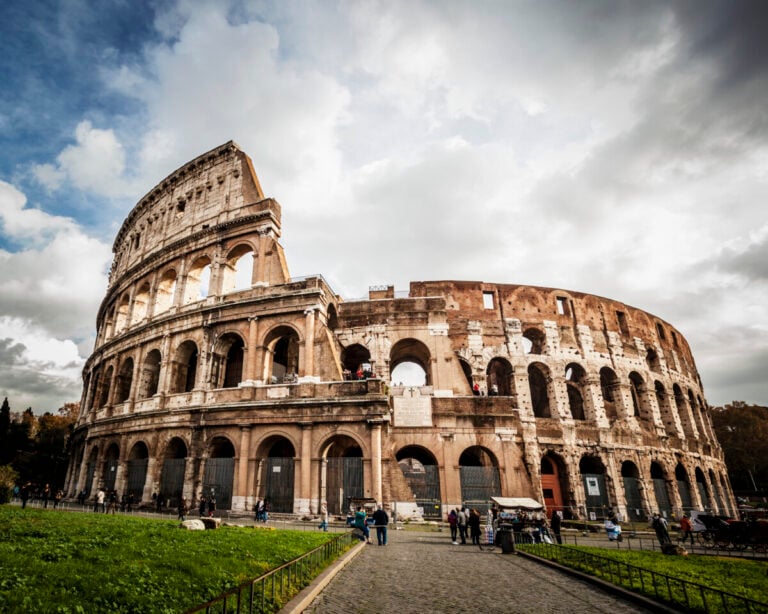
Interesting Facts:
- The property was built on the site where the lake used to be.
- It has a second name “Flavian amphitheater”.
- The construction of the Colosseum was begun by Emperor Vespasian and completed by his son Titus.
- This is the largest amphitheater in the history of mankind. It is 48 m high, 156 m wide and 188 m long. It is made in the shape of an ellipse.
- The building accommodated up to 50 thousand spectators, who could leave it in just 15 minutes, thanks to the presence of 80 arched entrances.
- In the Colosseum, more than 1 million animals and approximately 400 thousand people died during gladiator fights.
- Ship battles took place in the arena. To do this, it was filled with water one meter high.
- In the 16th century, an attempt was made to turn this structure into a fabric factory.
- There used to be a huge statue of the Colossus of Nero near the Colosseum.
- It took only 9 years to build this grandiose project.
Great Wall of China
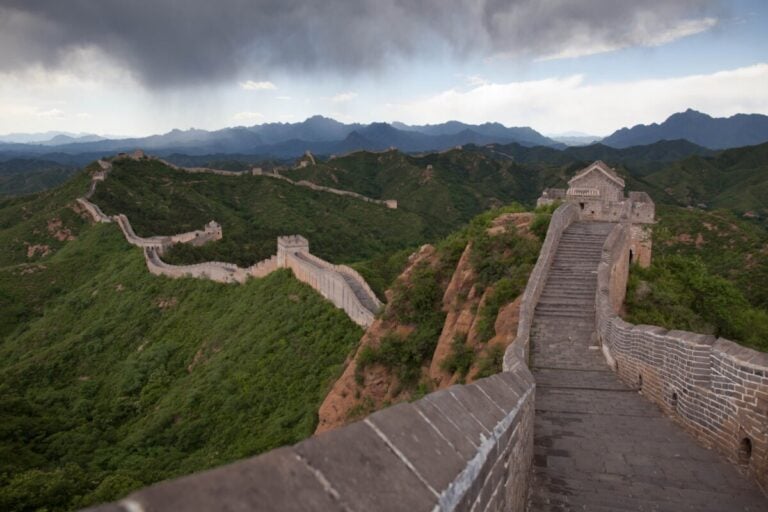
Interesting Facts:
- It took about 1800 years to build the Wall of China.
- Gluey rice was added as a cementing ingredient to the building mixture of stones and earth.
- The construction was intended to protect China from external enemies and define clear borders of the country.
- It is not monolithic, but consists of separate buildings.
- It is 21,196 km long.
- Approximately 1 million people took part in the construction of this attraction.
- The Wall of China is called the “Wall of Tears”, as all the builders who died during the construction of this object were buried inside it.
- There are outposts, towers and fortresses on the outer and inner sides of the wall.
- Material from disassembled parts of the wall was often used to build houses in the 20th century.
Machu Picchu
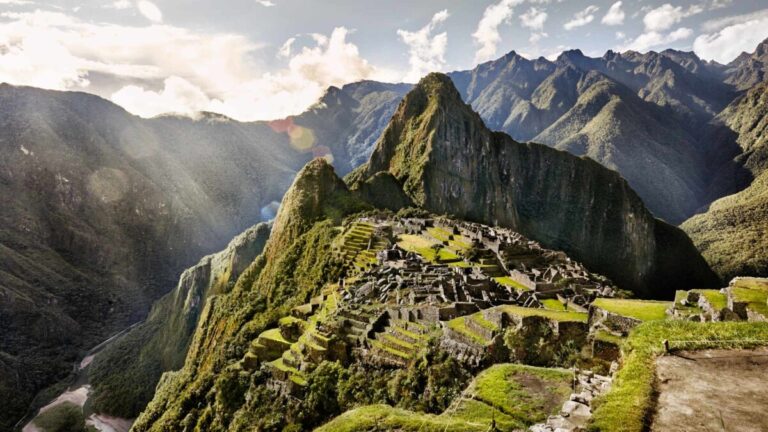
Interesting Facts:
- Officially, the city was discovered in 1911, but it was discovered much earlier – in 1532.
- Translated from the Indian language, “Machu Picchu” means “Old Mountain”.
- Machu Picchu is located at an altitude of 2450 meters from the sea coast. It is often referred to as the “city in the sky”.
- This is the best-preserved Inca settlement, founded around 1440.
- The complex consists of 100 flights of stairs, separately located among themselves.
- All structures were erected by the Incas precisely and reliably.
- The city is located on a two-level line of earth faults.
- It was originally intended to be used as the estate of the ruler of Pachacuti.
- This province was not only the residence of the emperor, but also served as an astronomical observatory.
When visiting Machu Picchu today, it is necessary to change into a national costume, since it is forbidden to enter it in other clothes.
Petra
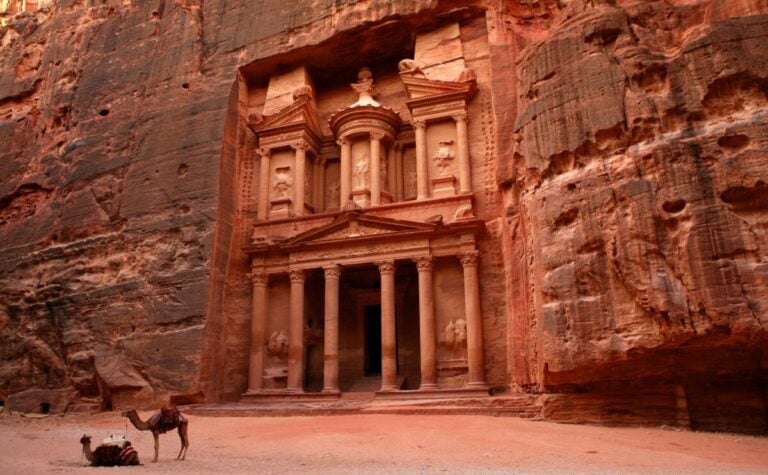
Interesting Facts:
- The main feature is that all urban infrastructure facilities of the city (monasteries, amphitheaters, temples, residential buildings) are placed directly in the rocks. They are perfectly preserved from the distant times of the Roman Empire.
- Petra has the second name “red city” because it is located in red sandstone caves.
- There are more than 750 unique memorable places on its territory.
- The most famous attraction is the temple of El Khazne, located in the rock. Its width is 25 m and its height is 40 m.
- The exact date of the foundation of the city is unknown, but as the capital of the Nabataean Empire, it began to appear from the 1st century BC
Taj Mahal
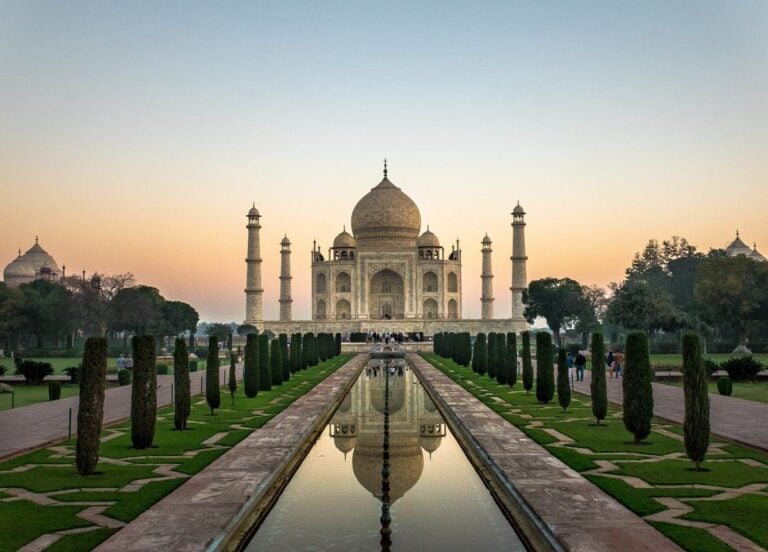
Interesting Facts:
- The object was erected by the architect Ustad Ahmat Lakhauri in 1648 in honor of the wife of Shah Jahan.
- 20,000 craftsmen took part in the construction of this attraction.
- It took 22 years to build the building.
- The Taj Mahal is presented as a structure with 5 domes 74 meters high and four minarets placed at the corners with an adjoining garden, pools and a fountain.
- It’s gloomy inside the structure. The tomb is enclosed by a magnificent black marble slab with carved patterns.
- The building is luxuriously and richly decorated with precious and semi-precious stones.
The main feature of the mausoleum is the change in the color of the facade of the building during the day. Due to the reflection of the sun’s rays, it alternately shimmers in pink, white or golden.
Statue of Christ the Redeemer
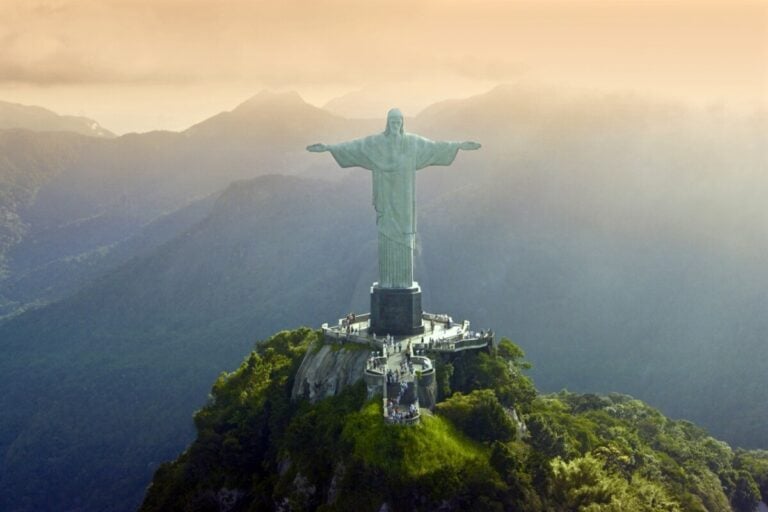
Interesting Facts:
- The monument was erected from soapstone and concrete material in 1931.
- Its height is 38 meters. At the same time, the height of the statue itself is 30 meters, and the pedestal is 8 meters.
- The construction of the sculpture lasted 9 years.
- The author of this statue is the French sculptor Paul Landowski.
- To get to this attraction, you need to go up 220 steps.
Chichen Itza
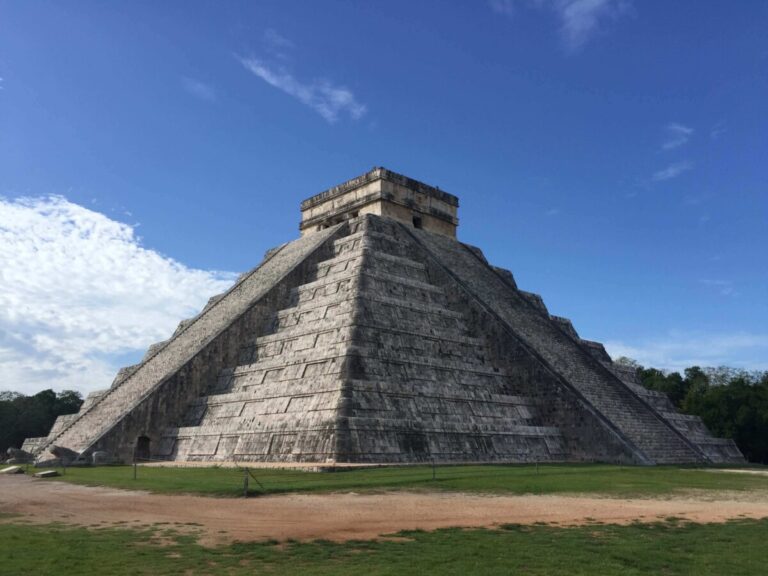
Interesting Facts:
- This settlement was founded by the Maya. It is considered a unique archaeological area.
- The original name of the city was Uukil Abnal.
- It used to cover an area of 10 km². Currently, the province covers 400 km².
- The city has completely remained in its original form since the time of the Maya settlement in it.
- Inside it you can observe 7 playgrounds, bazaars and temples.
- The largest pyramid located in Chichen Itza is called “El Castillo”. From its four sides there are 91 steps. Their total figure is 364, and with the top – 365. This corresponds to the number of days in a year.
- Also on the territory there is a Temple of Warriors with massive columns in the form of snakes.
- One of the important sights is a natural well, which used to be used for sacrifices. Its depth reaches 82 meters, diameter – 60 m. At the same time, the water in it is located at a distance of 20 meters from the edge of the well.
- All buildings in the city are distinguished by sonorous internal acoustics. Scientists still cannot understand the secret of this effect.
Seven Modern Natural Wonders of the World
Amazon jungle and the Amazon
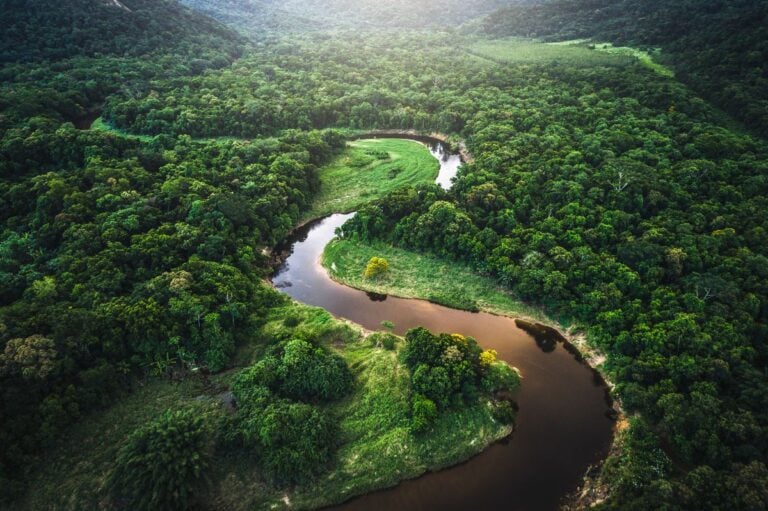
Interesting Facts:
- This attraction is located on water and land.
- It has an unusually large variety of plants and animals (up to 30% of the world index).
- Up to 400 billion trees grow in the jungle, which belong to 16 thousand varieties.
- In the lowlands of the Amazon, only native Indians live.
- There are no seasonal temperature differences in this area.
Halong Bay
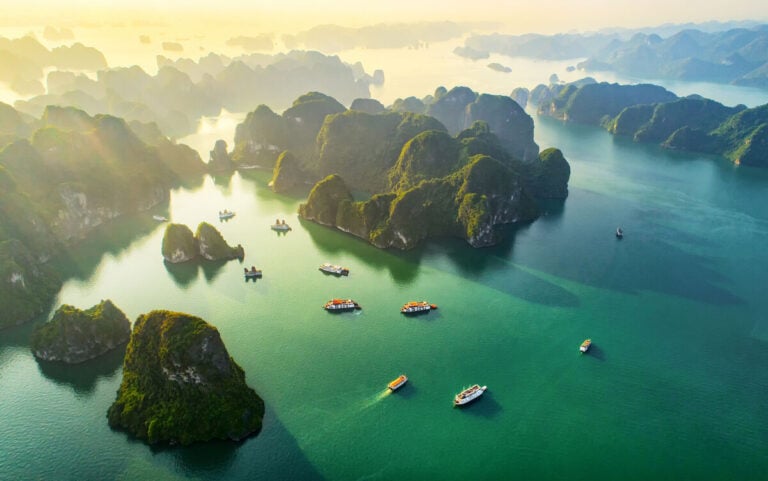
Interesting Facts:
- Occupies an area of approximately 1500 km².
- Floating settlements are located in the equator of the coast.
- It has a large number of limestone islands, which are surrounded by unusually beautiful sandy beaches.
- Incredibly beautiful birdsong can be heard all the time from the slopes of tropical forests.
- The coastline of the bay is distinguished by the clearest emerald waters.
- There are previously unexplored islands on the territory of the bay.
- Many beaches in this area are categorized as national parks.
- A pearl factory is located in Halong Bay.
- The main attraction is the Surprise Caves, Paradise and Surprise with hanging stalactites that look magical and mysterious with artificial lighting.
The most visited island is Dao Tuan Chau, which used to be the private residence of Ho Chi Minh. Currently, it is a resort of international importance.
Iguazu Falls
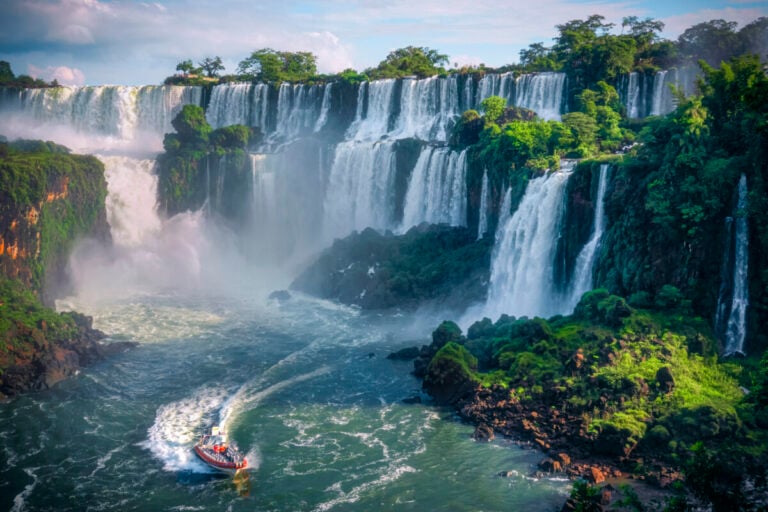
Interesting Facts:
- The Iguazu Falls are considered the largest and most incredibly beautiful waterfall system in the world.
- They are approximately 3 kilometers long. At the same time, 900 meters of them are not covered by water.
- Iguazu can have between 150 and 275 waterfalls, depending on the season.
- Water dust from them can rise up to 150 meters.
- Iguazu Falls are the same height as a 21-story building.
- Waterfall system is located in a jungle scenic area with wildlife.
- The local flora includes up to 2 thousand varieties of plants, as well as rare species of birds and animals.
- There is a special observation deck near the waterfalls, which offers a unique panoramic view.
Jeju Island
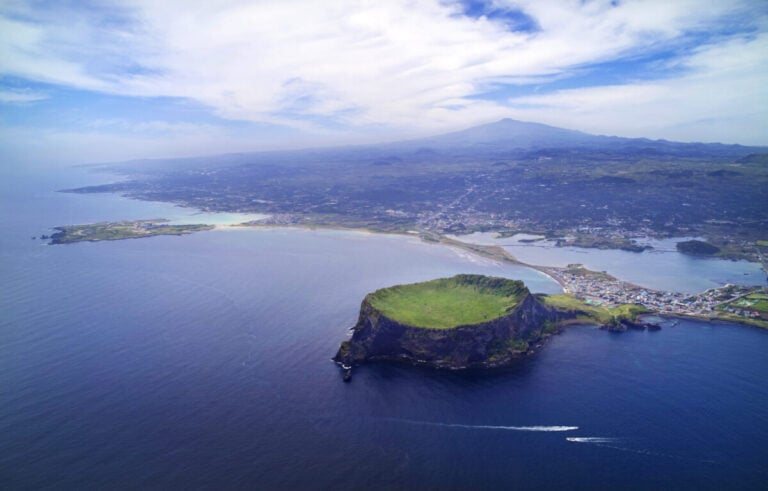
Interesting Facts:
- The island was formed 2 million years ago by a volcanic eruption. It consists of basalt and lava.
- The capital is Jeju City.
- The island has a unique Teddy Bear Museum, many different cultural and historical sites, and tunnels.
- A unique attraction is Mount Hallasan, with Lake Pannoktam located on its top, formed on the site of an extinct volcano crater.
- The island is characterized by mild climatic conditions combined with the original landscape of the surrounding nature.
- Jeju Island is a UNESCO World Heritage Site
Komodo National Park
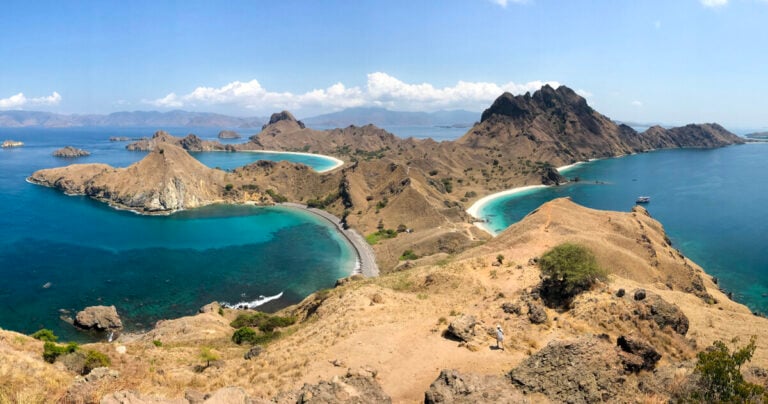
Interesting Facts:
- Komodo was formed about 1 million years ago.
- Area – 390 km², width – 15 km, length – 30 km.
- The local population is no more than 2 thousand people.
- Related to the Lesser Sunda chain of islands.
- January to March is the rainy season.
- Komodo is home to the only monitor lizard populations that are considered the largest in the world.
- It has over 1,000 unique fish species and 253 coral species.
- Also, up to 70 species of unique birds and 25 species of fauna live in this national park.
- The island is famous for its exclusive pink beaches, due to the presence of a large number of red corals in the coastal zone.
- Komodo is called “the lost place in the world”.
Puerto Princesa Underground River
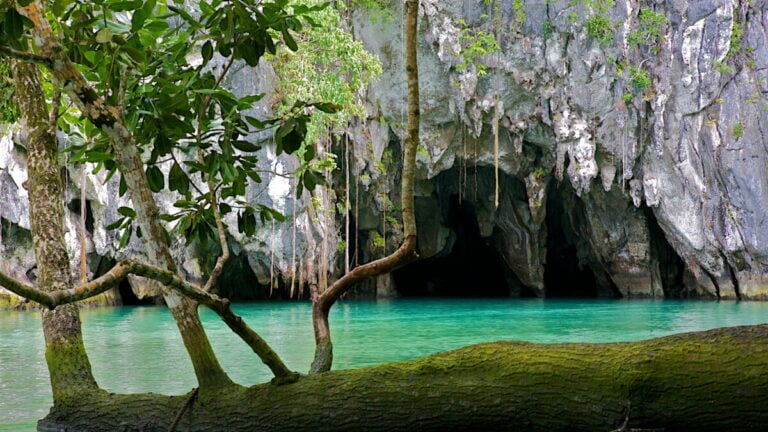
Interesting Facts:
- It is the longest underground river in the world. Its length is 8.2 km.
- She is inside a large cave.
- The quiet river is surrounded by unique wildlife scenery with hanging stalactites.
- This place is a national nature reserve and a UNESCO World Heritage Site.
Table Mountain National Park
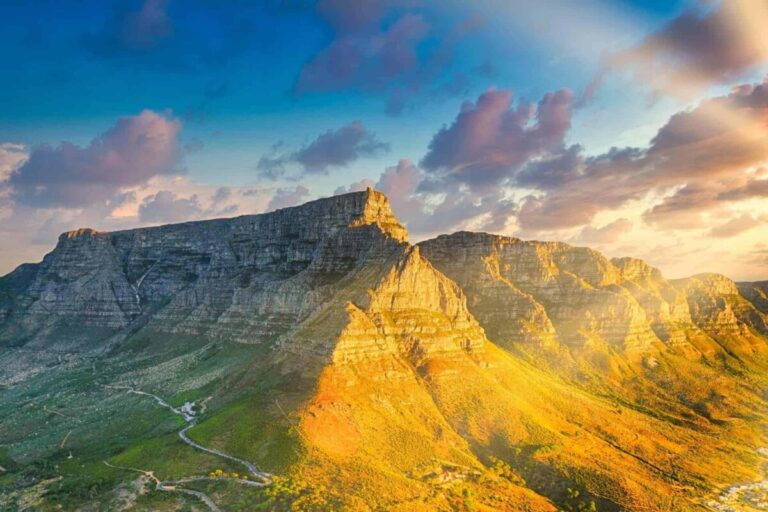
Interesting Facts:
- Table Mountain formed 520 million years ago.
- It has a flat top, steep slopes and is composed of granite as well as sandstone.
- The mountain is called “Dining Room” because its top is shaped like a table.
- It is over 260 million years old.
- A large number of unique plants grow in the park – up to 2200 varieties.
- There are also rare species of animals, for example, bear baboons and Cape hyraxes.
- In this area you can see unique sugarbirds (solar birds), which play a large role in pollinating plants.
